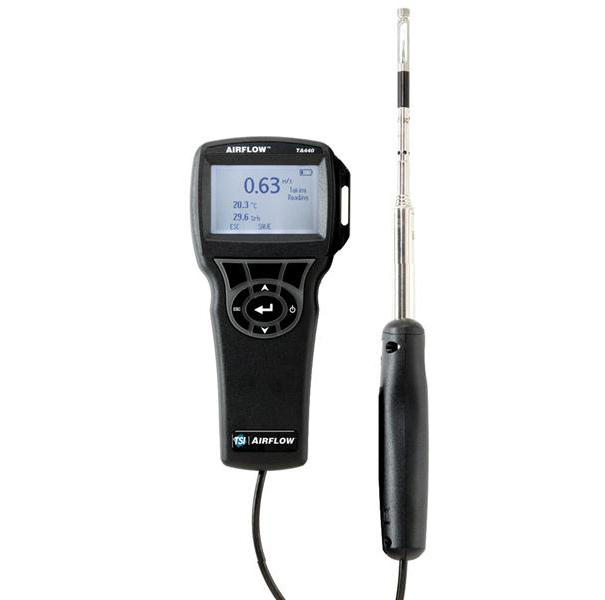

flows whose velocity vectors do not change over time. Additionally, they only exist in steady flows, i.e.

They can be curved and do not always follow the shape of the container. The level of friction is quantified by a parameter called the "roughness length." Streamlines connect velocities and are tangential to the instantaneous direction of multiple velocity vectors. In tropospheric atmospheric flows, velocity increases with elevation from ground level due to friction from obstructions like trees and hills slowing down airflow near the surface. Generally, in encased flows, instantaneous velocity vectors are larger in magnitude in the middle of the profile due to the effect of friction from the material of the pipe, duct, or channel walls on nearby layers of fluid. pumps) that add energy to the flow are factors that determine what the velocity profile looks like. The size and shape of the geometric configuration that the fluid is traveling through, the fluid properties (such as viscosity), physical disruptions to the flow, and engineered components (e.g. Velocity profiles of fluid movement describe the spatial distribution of instantaneous velocity vectors across a given cross section. Turbulent flow exhibits a flat velocity profile. Laminar flow occurs when air can flow smoothly, and exhibits a parabolic velocity profile turbulent flow occurs when there is an irregularity (such as a disruption in the surface across which the fluid is flowing), which alters the direction of movement. Like any fluid, air may exhibit both laminar and turbulent flow patterns.
Airflow performance testing manual#
The flow of air can be induced through mechanical means (such as by operating an electric or manual fan) or can take place passively, as a function of pressure differentials present in the environment. What relates both forms of description is the air density, which is a function of pressure and temperature through the ideal gas law. It can be described as a volumetric flow rate (volume of air per unit time) or a mass flow rate (mass of air per unit time). In engineering, airflow is a measurement of the amount of air per unit of time that flows through a particular device.

Atmospheric air pressure is directly related to altitude, temperature, and composition. Air behaves in a fluid manner, meaning particles naturally flow from areas of higher pressure to those where the pressure is lower. The primary cause of airflow is the existence of air. For the automobile, see Chrysler Airflow.Īirflow, or air flow, is the movement of air.


 0 kommentar(er)
0 kommentar(er)
